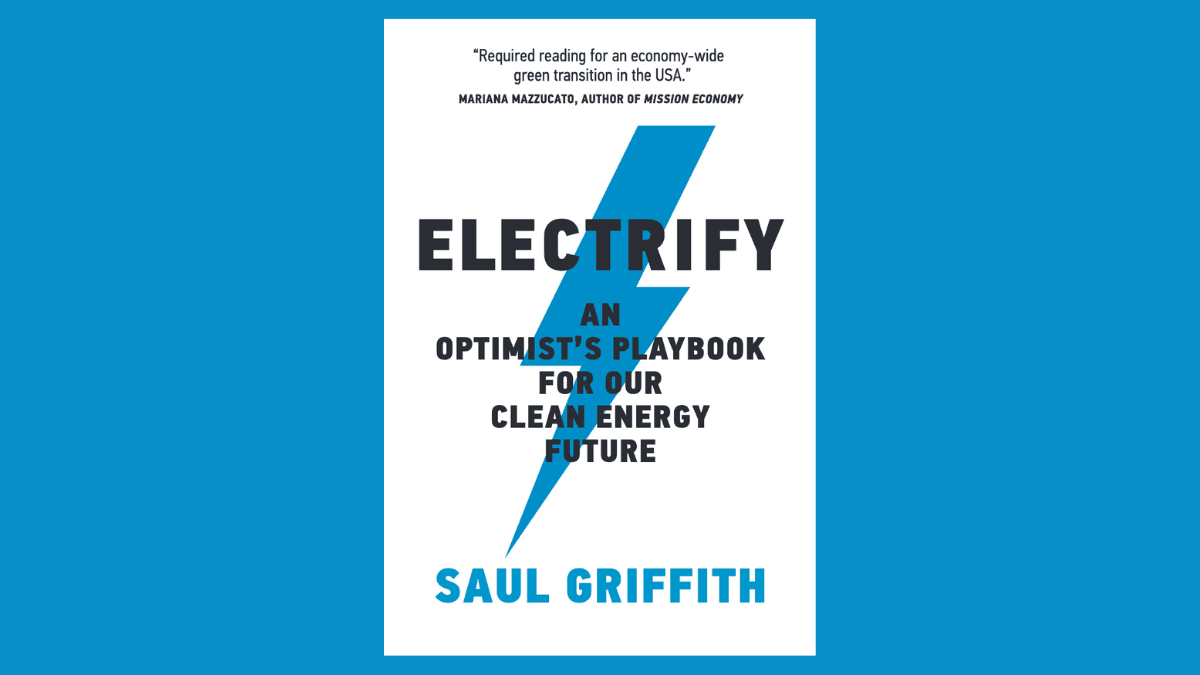Chicago’s 2022 Climate Action Plan acknowledges the importance of shifting away from fossil fuels to electricity for heating, cooling, and powering our buildings. Building decarbonization is the best opportunity to reduce the city’s climate pollution and enhance energy affordability for Chicago families.
Debunking myths so Chicagoans have the facts about electrification
Chicago has committed to reducing its climate pollution by 67% by 2040. To achieve this climate goal and its benchmarks, the City of Chicago must increase the pace at which efficient electric appliances are adopted across the following end uses: space heating, water heating, and cooking. This includes spurring market activity in the next three years (2024-2026) above business as usual to achieve an additional 58,000 heat pump sales, 6,000 heat pump water heater sales, and 34,000 electric and induction stove sales. (For more information check out our Local Pace of Progress tool).
The fossil fuel industry and its supporters are spreading misinformation about all-electric buildings, possibly due to concerns about the impact of widespread electrification on their business model. Rewiring America has created a memo debunking 10 of the top myths about all-electric new buildings so Chicagoans have the facts about electrification. The memo underscores the benefits of electrification from slashing emissions and generating thousands of jobs to improving air quality and lowering energy bills for Chicagoans across the state. The memo also disproves the gas industry’s most notorious myths regarding the electric grid's capacity and the reliability of electric appliances in cold-climates.



